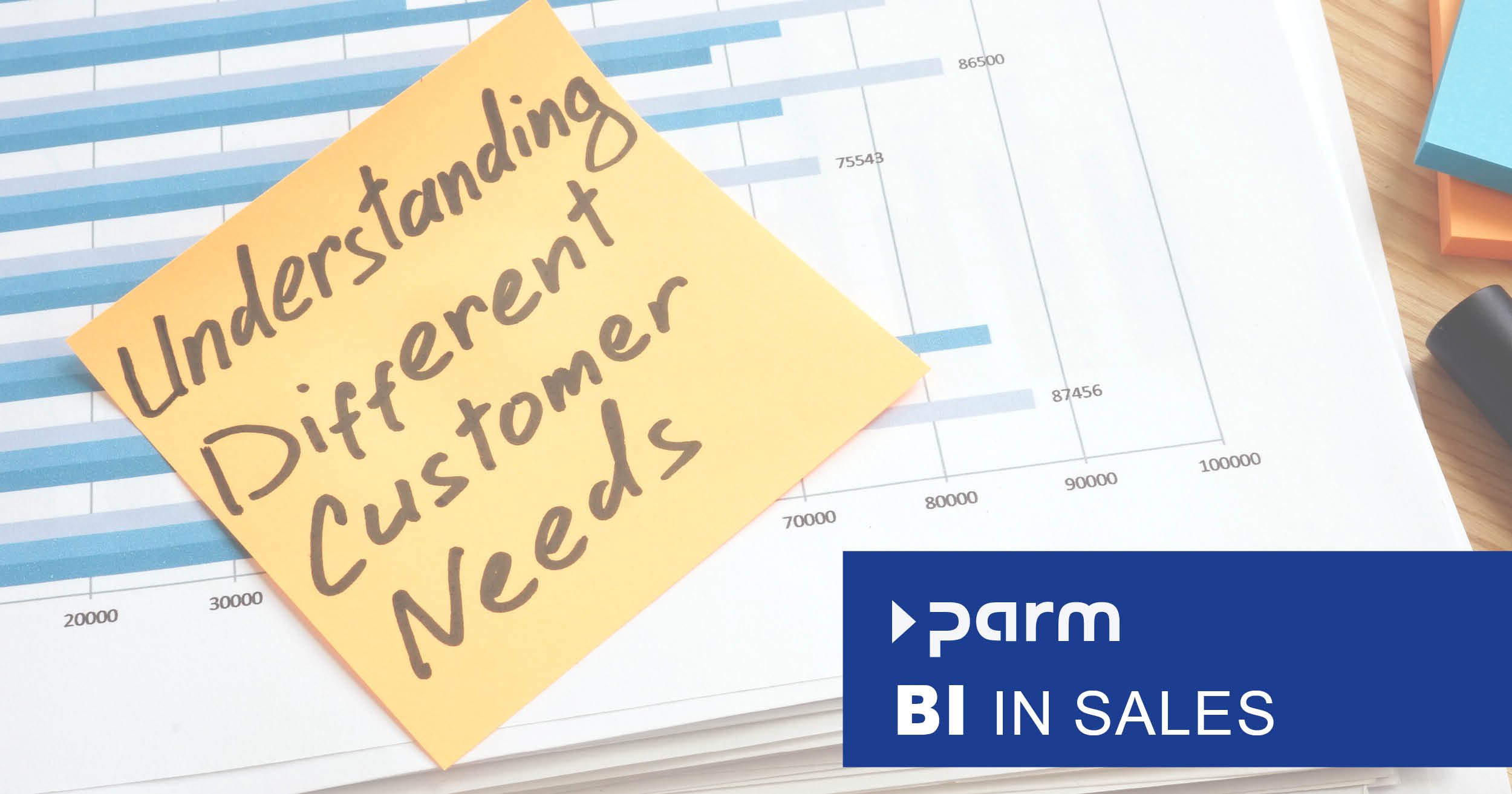Sales 4.0
How data-driven sales helps you to become more successful.

How well do you know your customers and their needs? Traditionally, sales depends upon on high performing employees who use their intuition and experience to win new customers and retain existing ones. Today, however, almost all companies collect extensive customer data that can also be used for sales. Data-driven sales technologies are changing the way sales teams think and work. Data can be used to create a better understanding of customers, develop optimal actions and decide on the right sales strategy. The „Gartner Future of Sales 2025” shows that 60% of B2B sales organisations will move from experience- and intuition-based selling to data-driven selling by 2025. This shift in thinking is necessary because, according to the same report, 80% of all sales interactions will be digital by that time.
What is data-driven sales?
Data-driven sales collects and uses information and data to make sales decisions. This can be customer satisfaction data, marketing actions, website behaviour, POS data, geo-data or even social media sentiment.
- Customer segmentation: The customers of companies are individuals. However, individual customers can often be grouped into segments with different needs. The individual customer segments contain customers who are similar based on various characteristics. These can be, for example, socio- or geo-demographic characteristics, consumption tendencies, risk factors or even economic value, profitability or expansion potential. The segments that exist depend on your company and its orientation.
- Customer Journey: By analysing the customer journey, you can learn what your customers’ needs are, what information they require and what paths they take to get to you and make a buying decision.
- Sales process: Your collected data also gives you insights into how well your sales process is working. This allows you to better advise customers in the future and adapt your process to their needs.
>>Data-driven sales collects and uses data to understand customer needs and optimise sales decisions.<<
In which areas can data help?
- Develop sales strategy: If you know your different customer segments and the customer journey as well as your sales goals, you can optimally align your sales and marketing strategy with them.
- Customer Insights: Your data contains all the information about the buying behaviour and structure of your customers. With this data, you can better understand your customers and their needs. This enables you to create customer profiles that help you to gain an overview of your customers’ buying preferences, intentions and mood. By identifying these customer segments, you can increase customer value by targeting offers to them.
- Customer Experience: You can also use customer profiles to provide your customers with a personalised, customer-centric buying experience. This way, you can give them exactly the information their individual needs are asking for along their customer journey.
- Lead generation: As the data you collect can show you who your best customers are, you can also use it to find future leads.
- Employee development: Data can also help you with employee development. Not only can you see which sales representative is the best or has the highest close rates, but you can also identify where an employee has strengths and weaknesses, whether he or she might be a better fit for another role, or whether he or she needs further training.
- Customer Lifetime Value / sales forecasting: With an all-round view of your customers, you are able to make sales forecasts and maximise customer lifetime value. By analysing your sales process, you can understand what works and where adjustments are needed. Every interaction with a customer provides you with important data for this purpose.
- Up-Selling and Cross-Selling: The data you collect also tells you how useful a product or service is, as well as who is buying your solution and who is not. This allows you to improve your offer and adapt it to the respective customers. Up-selling and cross-selling opportunities often arise in this way.
- Churn-Prediciton: Business Intelligence allows you to predict customer churn. This way, your sales team can take countermeasures.
Advantages:
By using your collected data, your sales team can:
- make optimal decisions
- increase sales performance
- improve the sales experience for customers
- boost sales
- improve products
Conclusion
Business intelligence gives you important insights into the world of your customers and your sales. In this way, you can not only increase your turnover, but also improve your products and services as well as your sales strategy.
BI software makes it easier for you to analyse data, identify customer segments or even calculate sales forecasts. It also allows you to link data from a wide variety of sources, such as your CRM system or website analytics, to gain further important insights.
Learn more about the Business Intelligence Software Software myPARM BIact:
Would you like to get to know myPARM BIact in a demo presentation? Then make an appointment with us right away!
